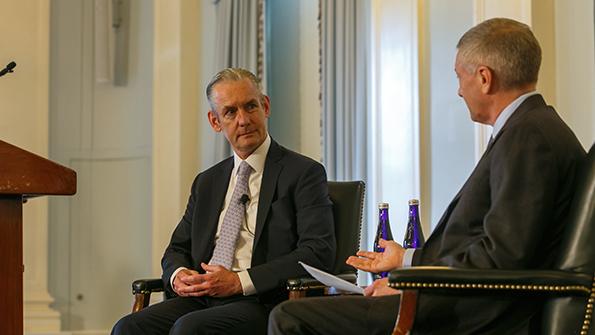
Credit: Chris Gill
Newport Beach, California-based aircraft lessor Aviation Capital Group owns 450 jets leased to 85 airlines in 45 countries. Tom Baker, the company’s CEO and president, was interviewed onstage at a Wings Club event in New York by AW&ST Editor-in-Chief Joe Anselmo. Excerpts follow. Russia’s Seizure of...
Subscription Required
This content requires a subscription to one of the Aviation Week Intelligence Network (AWIN) bundles.
Schedule a demo today to find out how you can access this content and similar content related to your area of the global aviation industry.
Already an AWIN subscriber? Login
Did you know? Aviation Week has won top honors multiple times in the Jesse H. Neal National Business Journalism Awards, the business-to-business media equivalent of the Pulitzer Prizes.


